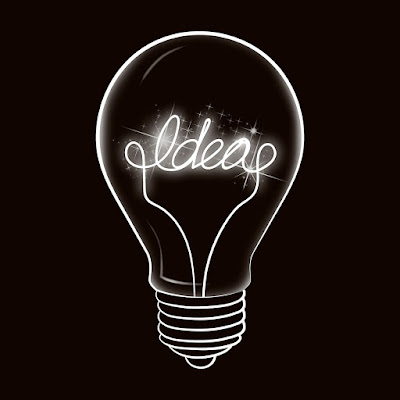The validity of a patent
can be relevant in two ways:
First, someone can
challenge the validity of your patent and second, you can question the validity
of theirs. Patent validity is an important question when litigation is being
brought or considered.
A patent is a set of
rights granted by a government that protects an invention. If a patent is given
to the applicant, they have the right to block others from making, selling or
importing their invention into the country for twenty years from the date of
filing.
Prior Art is any
evidence of your invention existing before the date you filed your patent
application. Prior art can be evidence that an invention – the same or similar
to yours – has been demonstrated to the public, written about in a magazine or
that there are existing patents related to your invention.
Any references used to
invalidate a patent must be from before the date of priority. The date of
priority is when you filed your application. For prior art to be relevant, it
must have existed before this date.
When you apply for a
patent, you are obliged by law to report all known relevant references. Your
patent application will also prompt the patent office to perform a prior art
search to determine if the invention is novel and non-obvious.
If another inventor or
company believes that prior art exists, which would invalidate your patent,
they may start litigation against you.
After Infringement:
If you have infringed someone
else’s patent, there are a few options open to you depending on how willing the
patent holder is to negotiate. The patent holder may agree to sell you the
patent or license it out to you for a fee.
Intellectual property
laws have been constructed to encourage companies to cross license and come up
with solutions to infringement that result in innovations and products. If you
have infringed a patent, particularly in error, you stand a good chance of
coming to an agreement with the patent owner.
A Blocking Patent:
If no agreement
can be reached with the patent owner, then their patent becomes a blocking
patent. It blocks or prevents you from manufacturing or selling your invention.
In this case, you need to take steps to invalidate their patent.
Patent Validity Search:
A patent validity search
is a search of prior art designed to examine all possible areas where
information might be found. The search is guided by information about the
target patent; the patent which is stopping you from operating.
Claims Mapping:
Claims chart mapping is
an infringement analysis. This process involves examining the claims in a
patent.
Unlike the invention
description, the patent claims can change throughout the process of the
application. Inventors usually start off claiming a lot of protection across
broad ideas and are told they can’t get that level of coverage. They then
narrow down what they are claiming legal protection for in the patent.
An examination of the
claims is essential to understand where the prior art may be relevant. This is
true whether you are seeking to prove that your patent does not
infringe anyone else’s rights or if you think someone else has infringed yours.
Infringement of Your
Patent:
A patent validity search
can interchangeably be called an invalidity search. The same extensive search
for prior art is undertaken but with a view to proving a rival patent invalid
rather than ensuring the validity of your own.
In this case, you want
to examine any prior art that may invalidate the claims made in the target
patent.
NPE Demand Letters:
A demand letter is a
letter putting forward a legal claim and demand for restitution. This could
come from a rival company who think you have infringed their intellectual
property rights, or it could be from a non-practicing entity or NPE.
NPE companies have no
products or services. They make money by acquiring intellectual property rights
such as patents and using them as a basis for legal action.
NPE companies are bad
news because they are only after financial gain and cannot be appealed to on
any other grounds. The best way to counter these companies is to deter them
from choosing to go after you.
Having a strong and
well-protected intellectual property portfolio is central to this strategy. A
good claims chart mapping process is in important in this case also.
The Importance of
Validity Searching:
Validity searching
improves your business on some levels. It can help you to prove infringements
and refute accusations of infringements. Both of these actions build the
strength of your intellectual property portfolio and make it more valuable.
This is true whether you want to use, sell or license your intellectualproperty.
A strong reputation can
be built upon this strong intellectual property portfolio. If rivals and NPEs
think you are a soft target, they will commit resources and time to trying to
find a problem with your patents. If you have a highly defensible patent
portfolio, you will reduce the amount of people who see you as a worthwhile
target.
Conduct a Patent
Validity Search to:
- Invalidate a blocking
patent
- Establish deterrents
to demand letters from NPEs
- Carry out due
diligence on a patent, patent portfolio or pending patent application.





























